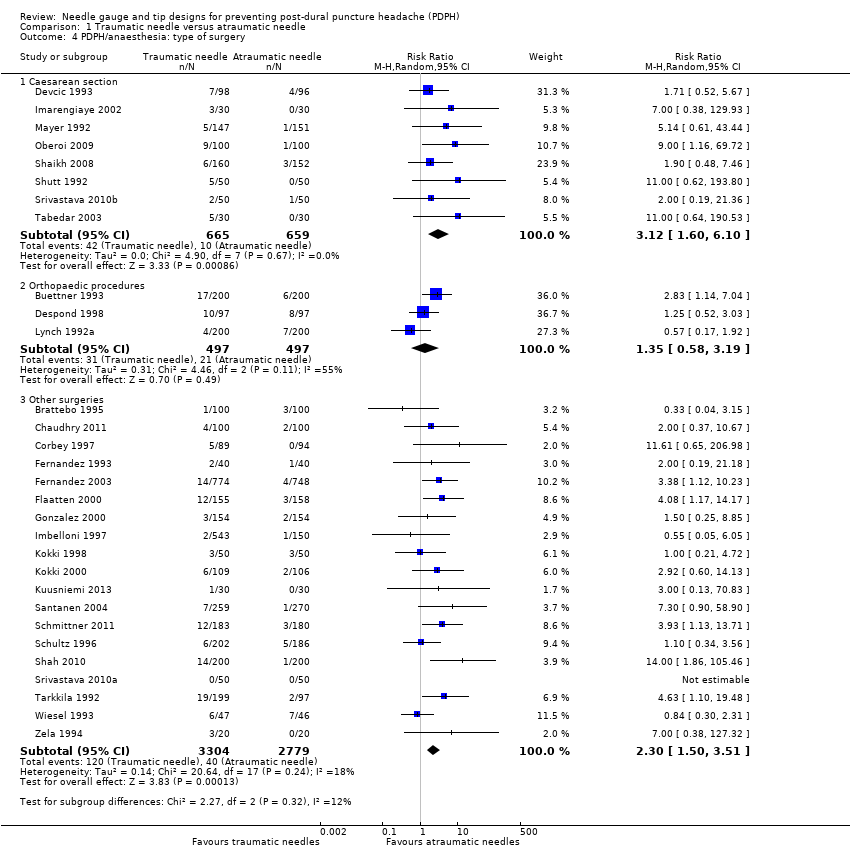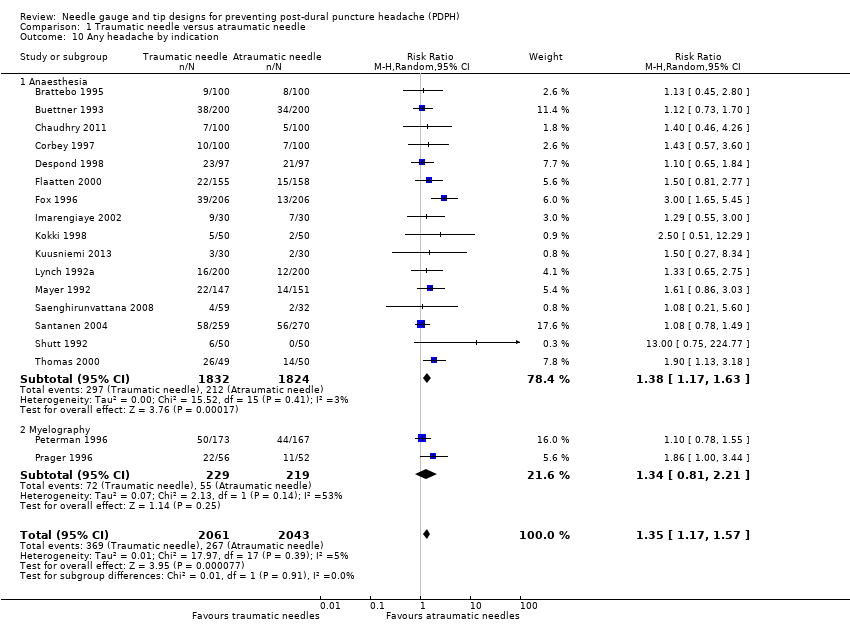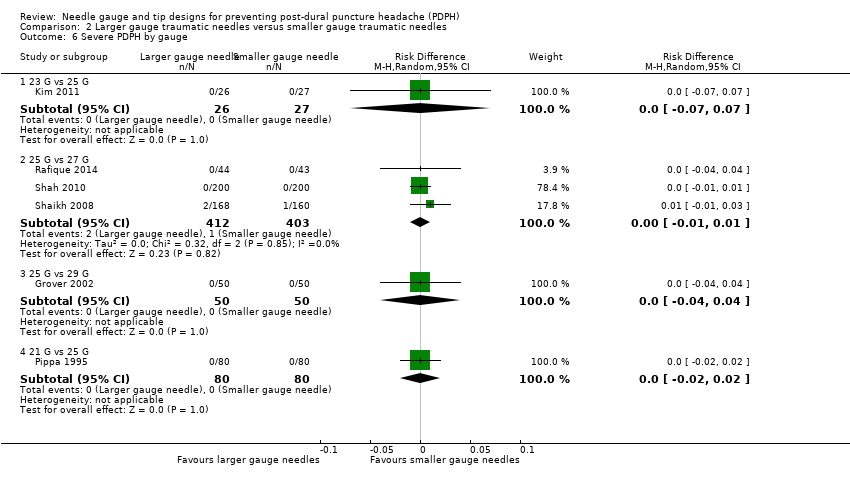Contenido relacionado
Revisiones y protocolos relacionados
Cathie LM Sudlow, Charles P Warlow | 11 julio 2013
Polpun Boonmak, Suhattaya Boonmak | 22 noviembre 2013
Xavier Basurto Ona, Sonia Maria Uriona Tuma, Laura Martínez García, Ivan Solà, Xavier Bonfill Cosp | 28 febrero 2013
Ingrid Arevalo-Rodriguez, Agustín Ciapponi, Marta Roqué-Figuls, Luis Muñoz, Xavier Bonfill Cosp | 7 marzo 2016
Xavier Basurto Ona, Dimelza Osorio, Xavier Bonfill Cosp | 15 julio 2015
Pedro L Antibas, Paulo do Nascimento Junior, Leandro G Braz, João Vitor Pereira Doles, Norma SP Módolo, Regina El Dib | 17 julio 2014
Erica J Weinstein, Jacob L Levene, Marc S Cohen, Doerthe A Andreae, Jerry Y Chao, Matthew Johnson, Charles B Hall, Michael H Andreae | 21 junio 2018
Flavia A De Orange, Rebeca GAC Andrade, Andrea Lemos, Paulo SGN Borges, José N Figueiroa, Pete G Kovatsis | 17 noviembre 2017
Brett Doleman, Jo Leonardi‐Bee, Thomas P Heinink, Debamita Bhattacharjee, Jon N Lund, John P Williams | 3 diciembre 2018
Eva Madrid, Gerard Urrútia, Marta Roqué i Figuls, Hector Pardo‐Hernandez, Juan Manuel Campos, Pilar Paniagua, Luz Maestre, Pablo Alonso‐Coello | 21 abril 2016
Respuestas clínicas Cochrane
Jane Burch, Carolina D Weller | 8 noviembre 2017

































